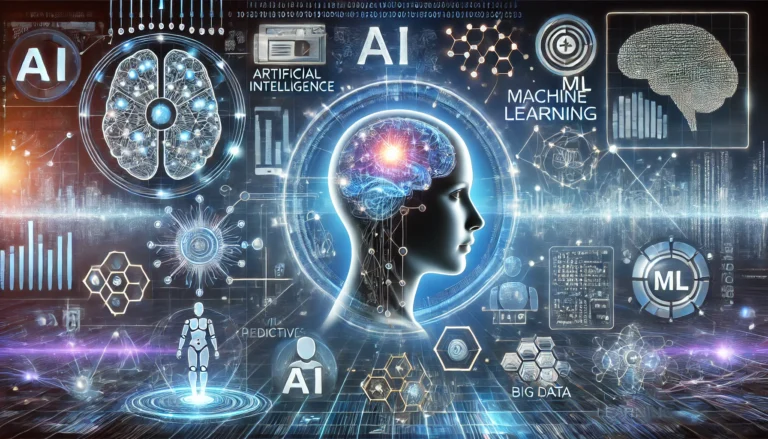The future of cloud computing is shaped by ongoing developments and new trends, which are completely changing how businesses innovate and function. It’s important to keep up with the major trends that will shape the cloud computing industry in 2025. In this article, we look at seven significant cloud computing topics that will shape the evolution of technology by 2025.
Best Cloud Computing Trends
The 7 top cloud computing trends are as follows:
AI and Machine Learning Integration
By 2025, cloud platforms will have a strong integration of machine learning and artificial intelligence. More advanced AI and ML services will be available from cloud providers, which will facilitate the deployment and management of intelligent applications by enterprises. These innovations will improve decision-making procedures, promote automation, and offer analytics that are predictive.
AI and ML will play a key role in opening up new cloud-based options, from tailored customer experiences to cutting-edge cybersecurity protocols.
Serverless Computing
Future trends will include serverless computing, which eliminates the need for actual servers. It works with apps and facilitates the hosting of both services and applications. All that the cloud providers do is supply the infrastructure that serverless computing requires to run the code. There will be a significant influence of serverless computing since it will help enterprises save money and expedite the deployment process.
Expansion of Edge Computing
One technique for optimizing cloud networks is edge computing, which works by processing data closer to the data source—at the edge of the network. Cloud servers’ real-time feature makes it possible to manage data without regard to time limits, saving the data for later use. As the telecom and IT industries continue to merge, Edge Computing is set to become a major player with a plethora of applications and prospects for businesses.
The function of Edge Computing is becoming more and more important for real-time data analysis and information sharing while also optimizing traffic flow from individual IoT devices as the number of IoT devices keeps growing.
High Implementation of Multi-Cloud and Hybrid Environment
It is expected that multi-cloud and hybrid cloud settings will be widespread by 2025. To maximize efficiency, cut expenses, and prevent vendor lock-in, organizations are using a growing number of cloud providers. Exceptional flexibility will be provided by hybrid cloud systems, which integrate private and public clouds with on-premises infrastructure. This method assures maximum resource usage and improved data protection by allowing enterprises to shift workloads across environments with ease.
Enhanced Cloud Security
In today’s digital world, cloud computing security is crucial since more and more businesses depend on cloud services to handle, store, and analyze their data. Data encryption is a major security feature that guarantees the protection of critical information.
Raise the Capability of Data Storage
Massive amounts of data are produced nowadays, which makes secure storage challenging. Nearly every business needs safekeeping to store their data. The future of cloud computing in 2025 is anticipated to be delivered by cloud service providers at lower costs due to competitive pressure, given the overwhelming enthusiasm for cloud computing.
Sustainable Cloud Practices
One of the main forces behind the development of cloud computing will be sustainability. Data centers that use less energy and green cloud projects will be given priority by cloud providers by 2025. The leading edge will be advancements in cooling technology, integration of renewable energy sources, and mitigation of carbon emissions. Firms will pick cloud partners more and more on the basis of their sustainability pledges, coordinating their operations with eco-friendly methods.
Final Words
Cloud computing has a promising future ahead of it, with a plethora of new features planned in the next years that will completely change the way users interact with the cloud. Businesses can store data, create, and carry out other business operations on this user-friendly yet powerful dynamic platform.
The cloud will remain a key driver of innovation, digital transformation, and corporate expansion as the aforementioned trends come together. For firms hoping to prosper in the changing digital landscape, embracing these improvements will be crucial.














